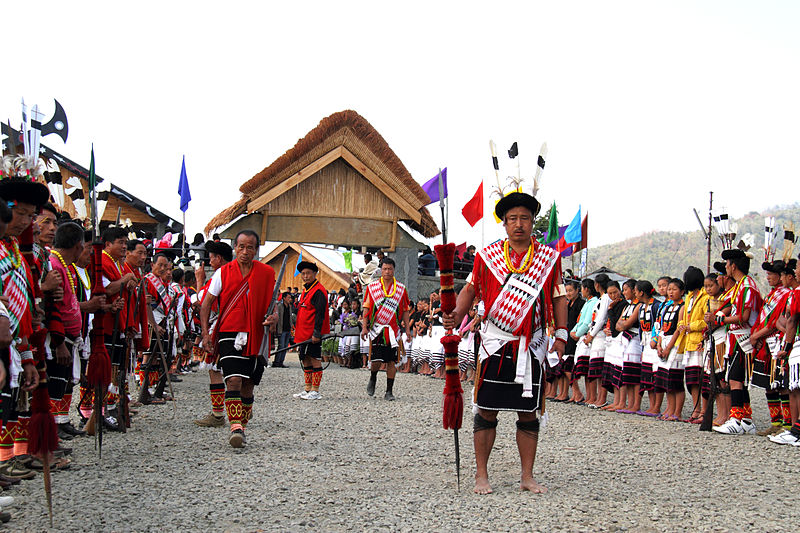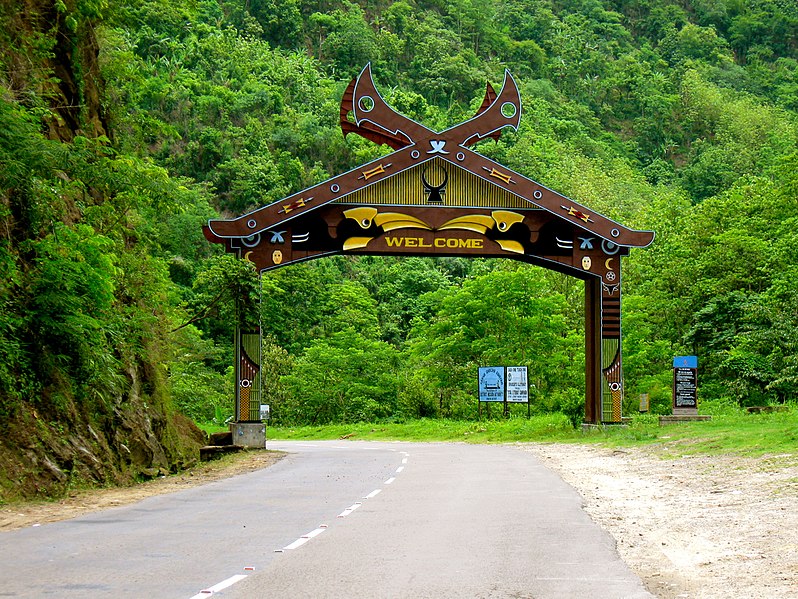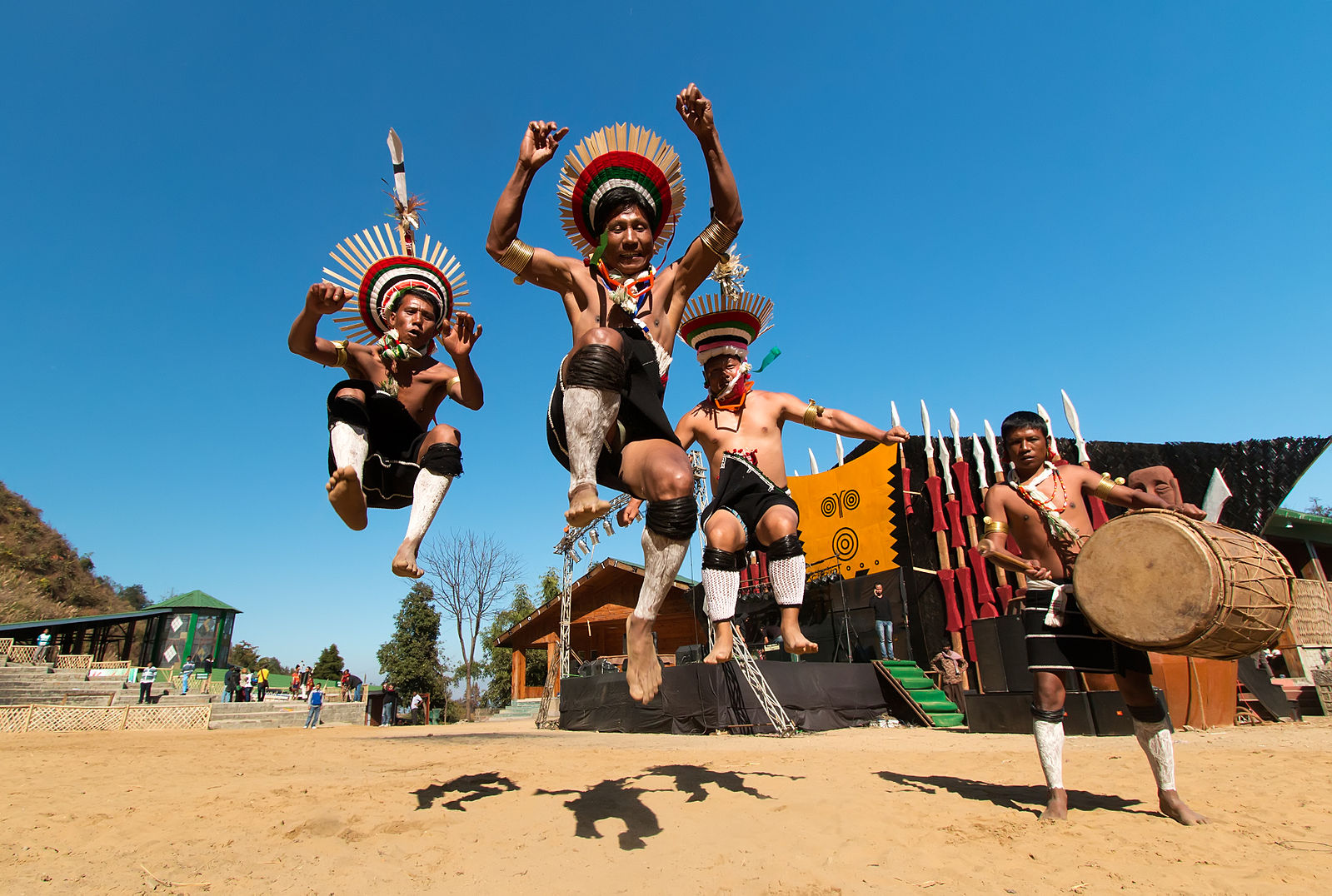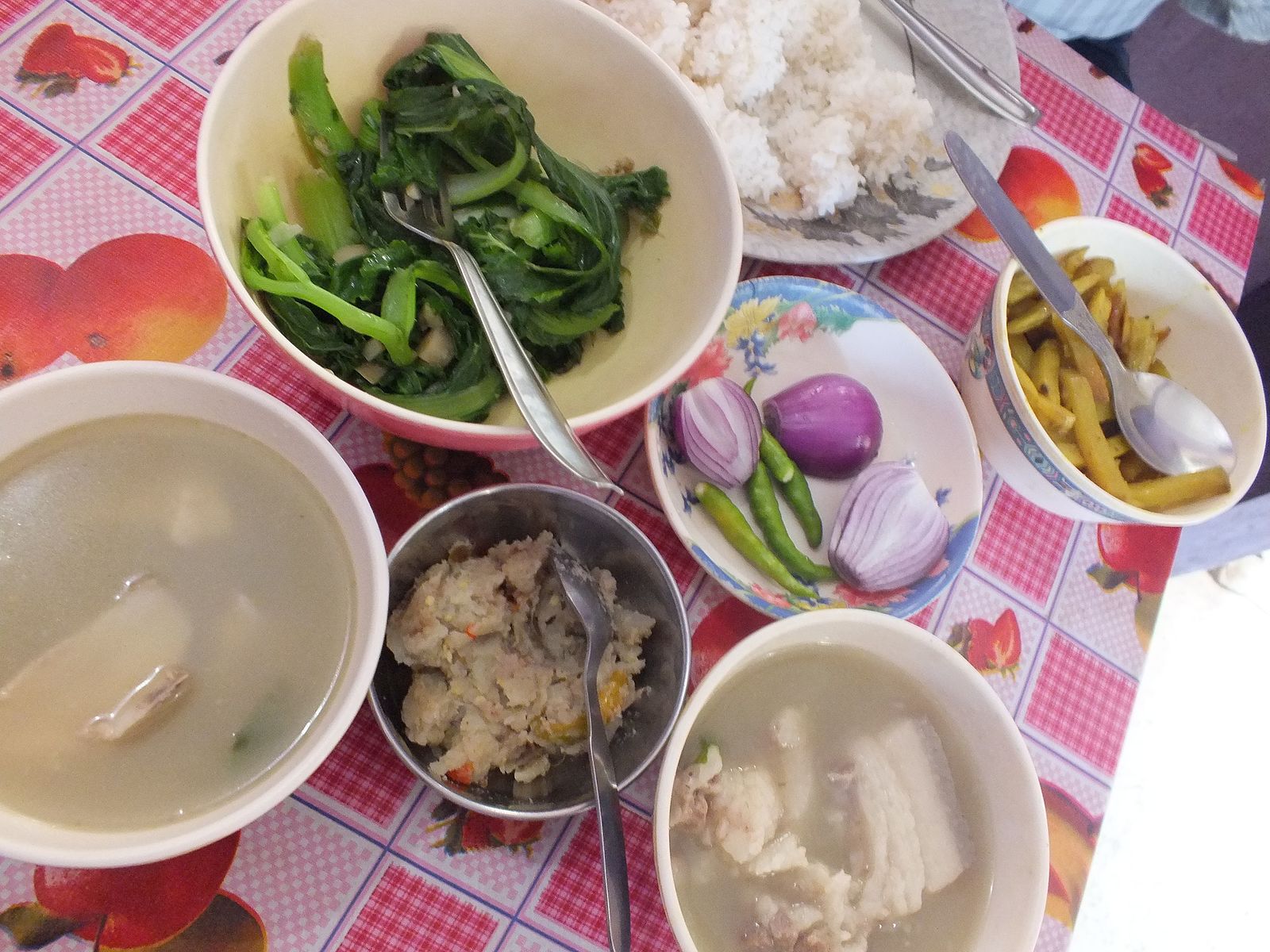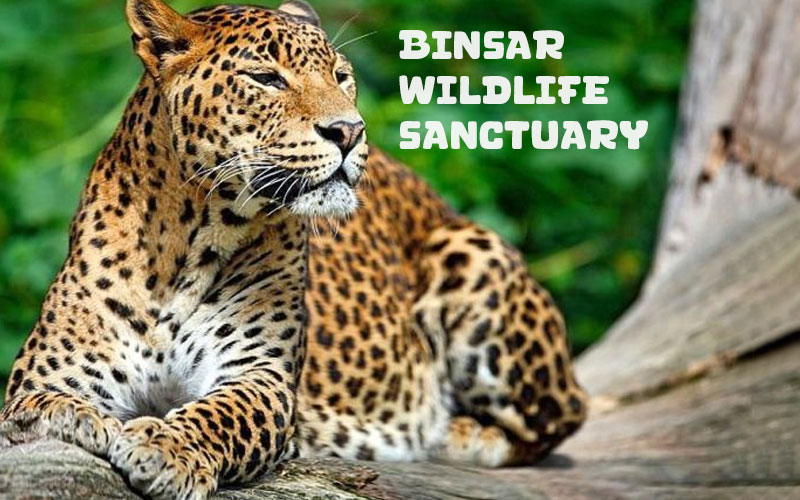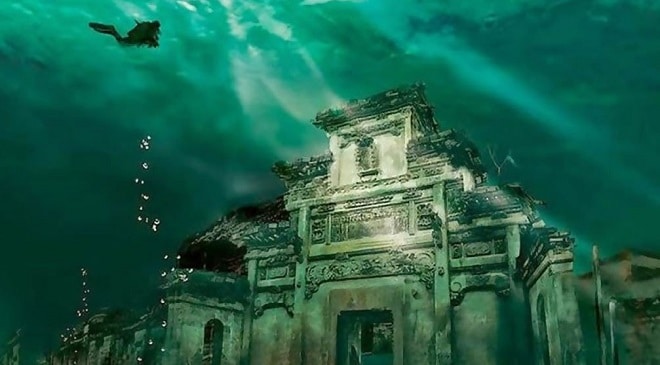I have come to realize that once you lose the fear of the unknown, travelling becomes a truly liberating experience. Like I had in Nagaland last year. It all started with my filmmaker friend asking me to accompany him to Kohima for a documentary on the Hornbill Festival. I had heard about this ‘music festival’, but little did I know that calling it such was already a serious reduction of everything the festival represents.
The journey to Kohima is a long one. Luckily, we found a direct flight to Dimapur, you can also take a flight and then hire a taxi from Guwahati to Kohima. It takes about 9-10 hours to reach Kohima from Guwahati.
Reaching Kisama
The 10-day festival is one of the largest celebrations of the indigenous tribes who are native to the region. It is named after the Great Indian Hornbill. This mountain bird is highly revered in Naga culture and their cultural expressions, art forms, and even mythologies carry many references to hornbills.
Once we reached Kohima and settled our baggage at a pre-booked hotel, we headed out for Kisama, the prime venue.
Kisama, the Naga Heritage Village, is an enclave designed to restore the culture and heritage of the state and constitutes the prime venue for the festival. I highly recommend making use of a licensed and popular car rental service in Guwahati to make the most of your trip. The state of Nagaland is home to 16 major ethnic tribes, and each of their cultures and traditions are showcased in the village.
We had to purchase the tickets at the entry gate and go through a thorough security check. In fact, the state government deploys heavy policing throughout the city and neighbouring regions during these 10 days, to maintain peace and ensure the safety of tourists.
Experiencing the Hornbill Festival
The festival starts at 9 am in the morning every day and goes on till late. Each day was packed with colourful dance performances by the various tribes, local sports, food fair, religious ceremonies and art exhibits with the local artisans showcasing traditional paintings, sculptures, and wood carvings. The village itself was an artistic display with bamboo crafts and wood, with the locals dressed up in colourful attire and exotic headgear adorned with feathers, shawl-like add-ons with dyed goat hair, etc. Each tribe has their respective community colours, spears, and armlets.
While my friend found some other filmmakers and got into a technical conversation, I loitered around the various stalls. From herbs, flowers, and herbal medicines, to local food, and textiles, everything was on display and sale. But the most interesting thing that I saw was bamboo stems chopped and shaped into tall, hollow glasses, overflowing with home-made rice beer. Irrespective of the time of the day, locals and tourists alike were enjoying the traditional drink with delicious servings of meat dishes.
As per the Naga culture, no feast or festival is complete without a hearty serving of meat. And every portion of the sacrificial animal would be designated for different members of the family. For instance, the head of the animal go to the elders, the softest parts are for grandparents, and so on.
As a part of the festival celebration, the tribes also have the ‘Rice Beer fight’, chilly and pork eating competitions. Although these were technically contests, they were also quite entertaining.
The evenings at the Hornbill Festival were poles apart from the mornings. If you see the deep-rooted culture of Nagaland in the daytime, then you will see a global village at night. The Hornbill National Rock Concert resonates across the region with the incredible talent that comes in to play. Standing and cheering in that crowd and getting high on local rice beer, I felt no fear of being in an alien, unknown place. Instead, I discovered I had fallen in love with Nagaland and its people, even though I was far from understanding their culture or their customs.
Last Updated on November 20, 2024 by Shabari Shankar
